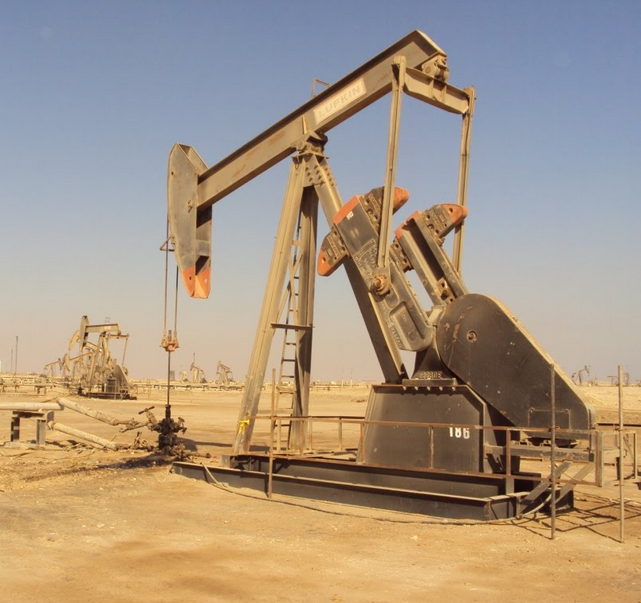What Are The Possible Trade Benefits After The Lifting of Sanctions Against Iran?
25 Sepr 2015

A good place to take stock of economic activity in real time is to take a look at the constantly up-dated data on the various dynamics that make up the Iranian economy via the Observatory of Economic Complexity. For companies looking to build their trade relationships who are in those sectors currently being measured, it offers a good yardstick for progress by looking at how productivity, imports and exports stand now.
The top five Iranian export products are in order of magnitude from the greatest to the smallest: Crude Petroleum (72%), Petroleum Gas (3.4%), Refined Petroleum (3.4%),Ethylene Polymers (3.3%), and Iron Ore (2.4%). Iran has been looking to increase the value of such exports by building trading partnerships with China, for instance, in order to build refinery infrastructure, to move the balance away from crude, to a higher value product. Given that Iran's economy is oil dependent to the extent that almost 80% of exports are based on related products, this shift of emphasis could potentially bring greater revenues for the supply chain as much as the industry itself.
With the lifting of sanctions since 14th July, this will not only make such exports easier, it will also mean easing the import of materials to facilitate construction around refining processes and also diversification of manufacturing around polymers. Despite the slow down in China's economy of late, it is not anticipated that this will significantly damage oil and gas exports to this destination, particularly given Tehran's efforts to diversify trade partners whilst trade sanctions with Iran were in place.
Similarly,Semi-Finished Iron makes up 2.6% of imports and is amongst the top five products imported into the country. Iran will be looking to develop iron processing plants, metallurgical sectors and manufacturing of more diverse iron and steel based products. Steel is one of the key exports of India, with whom Iran has been building stronger trading relationships, not least in the port of Chabahar, where India has been investing heavily. Currently, Iran exports raw aluminium, but trading relationships with India is bound to bring with it the technical expertise for converting and adding value to Iran's current metal exports.
The remainder of the top five imports to Iran are: Gold (13%), Wheat (3.3%),Corn (2.4%), and Rice(1.9%). With a growing middle class in Iran, set to continue with increasing wealth as the economy takes a real up-turn, such imports are likely to continue, or even grow, now the railway infrastructure develops apace.
At present, according to the Observatory of Economic Complexity, the top five export destinations for Iranian goods are, in order: China (35%), India (19%), South Korea (12%), Japan (11%), and Italy (4.1%). Origins of imports are: China (21%), Turkey (19%),South Korea (12%), Germany (6.2%), and India(5.0%). The lifting of EU sanctions are bound to impact both exports to Italy and imports from both Turkey and Germany. Despite a healthy car manufacturing industry within Iran, German cars are still the mark of the Iranian doing well for themselves, for instance.
For a more detailed analysis of the specific industries, products and services making up the Iranian economy and to gauge potential improvements in import and export opportunities, check out the interactive graphics on the Observatory of Economic Complexity webpage. Meantime, business owners can look forward to a growth in trade with Iran after the lifting on sanctions which will capitalise on transport infrastructure developments achieved in recent years, both for sea freight and overland.

our contact form.
The White Rose Group looks forward to hearing from you.



